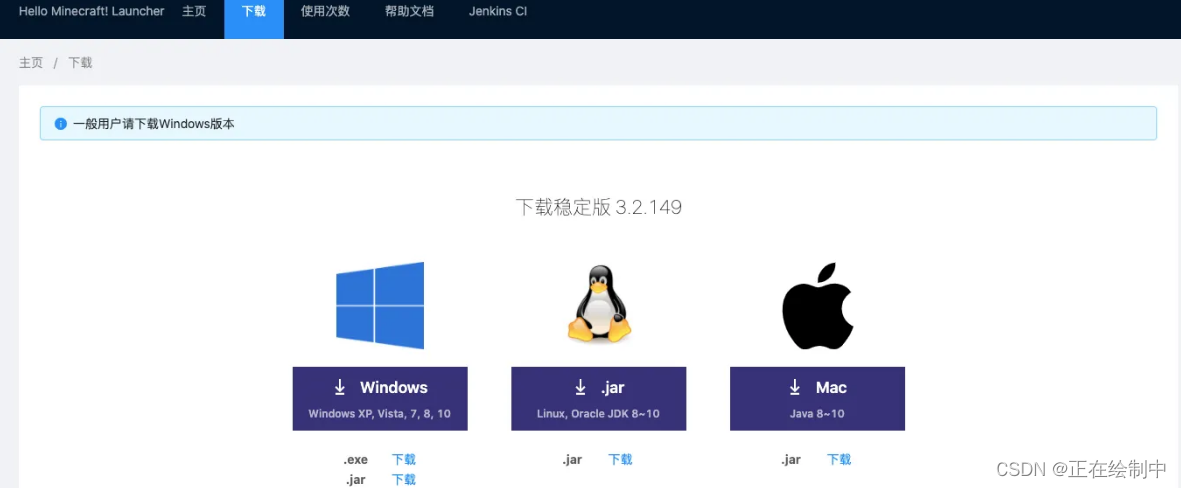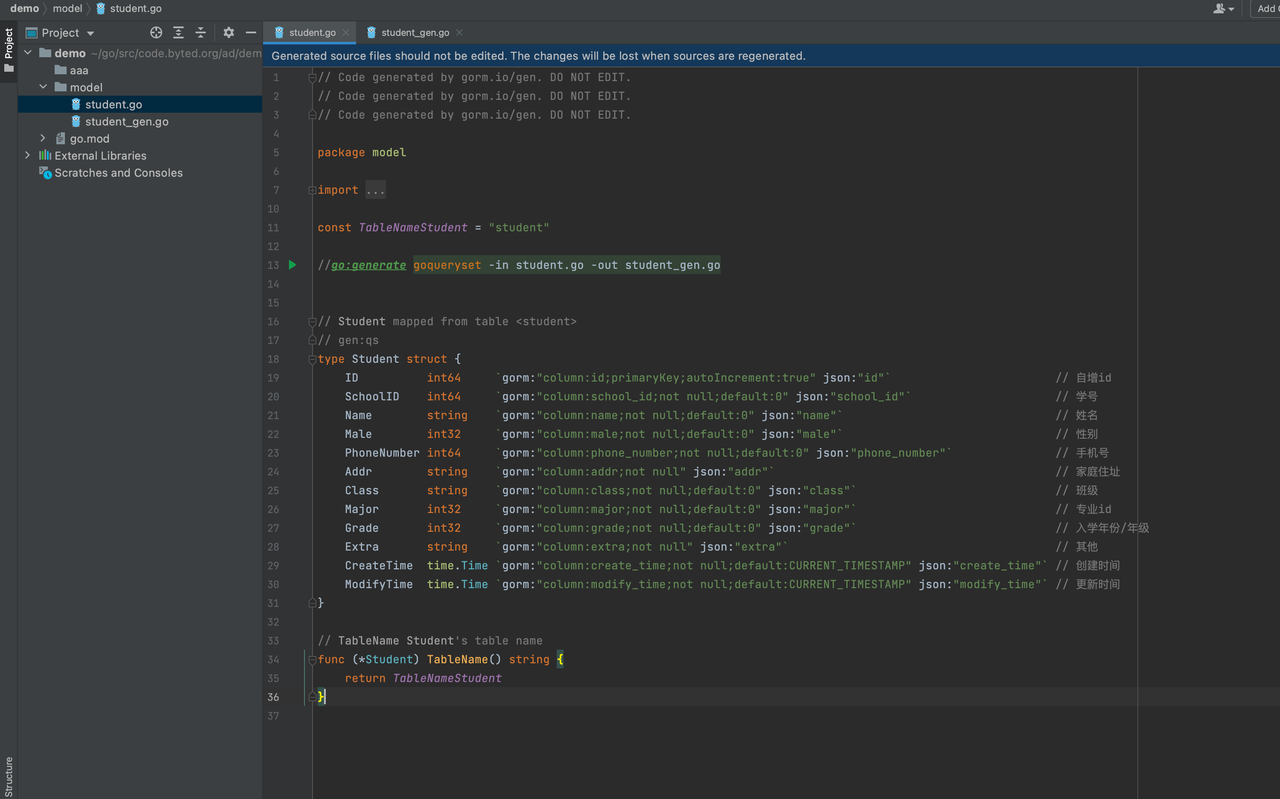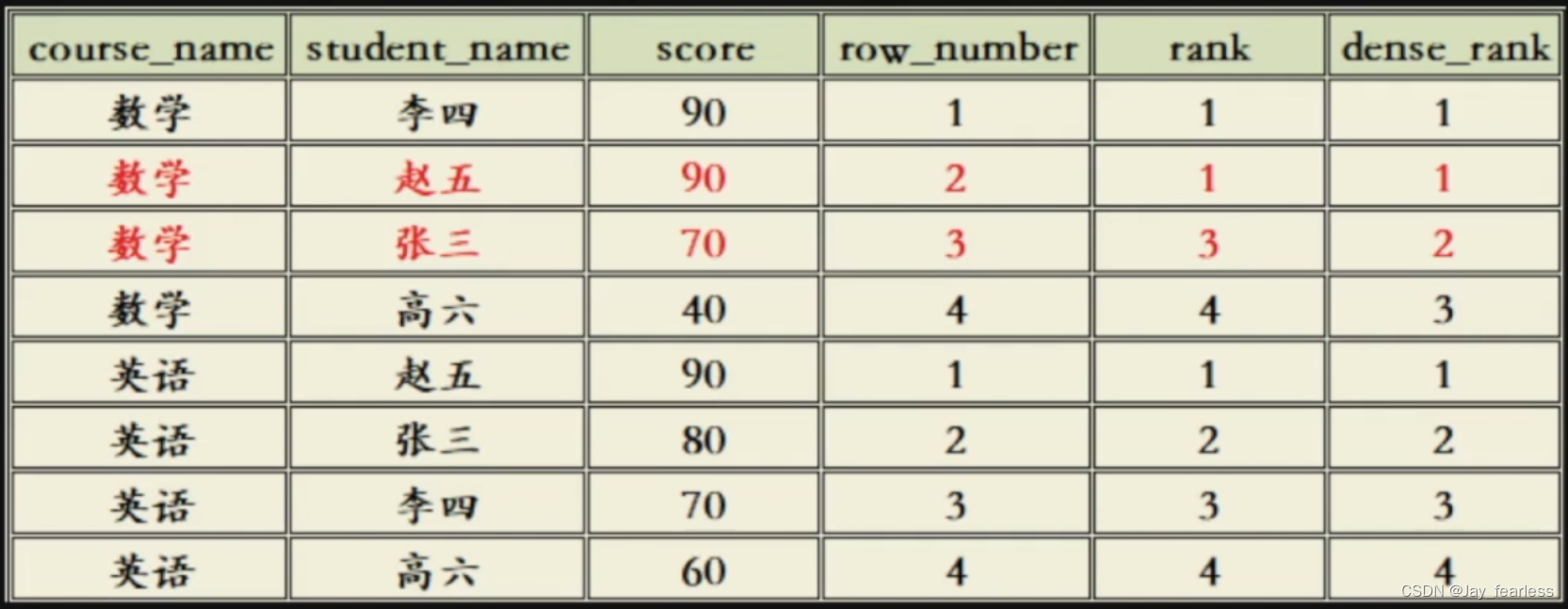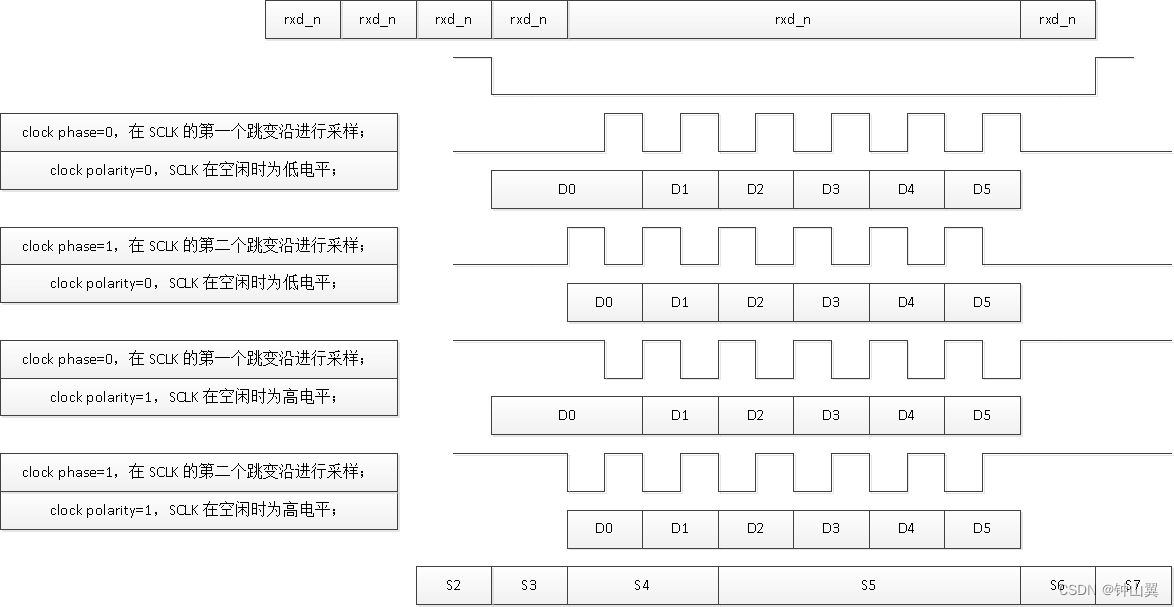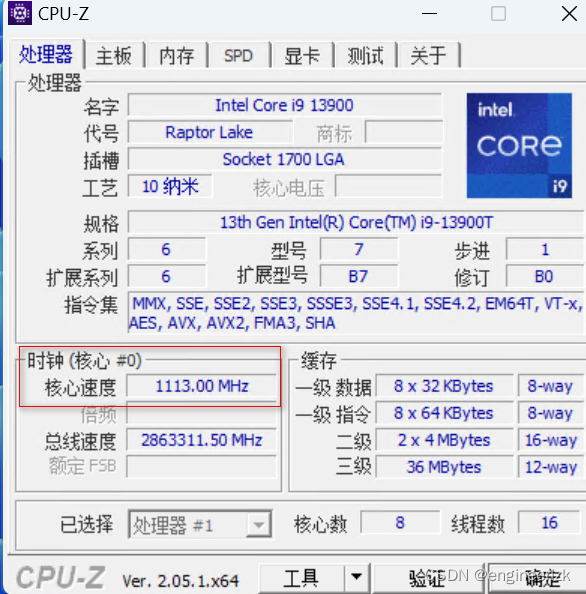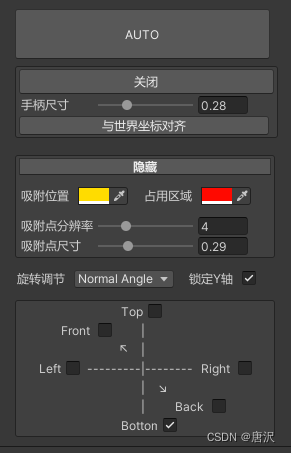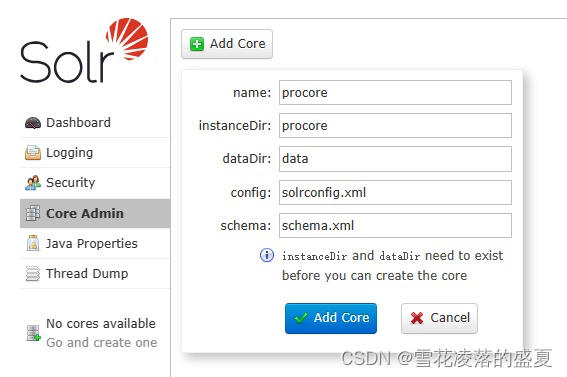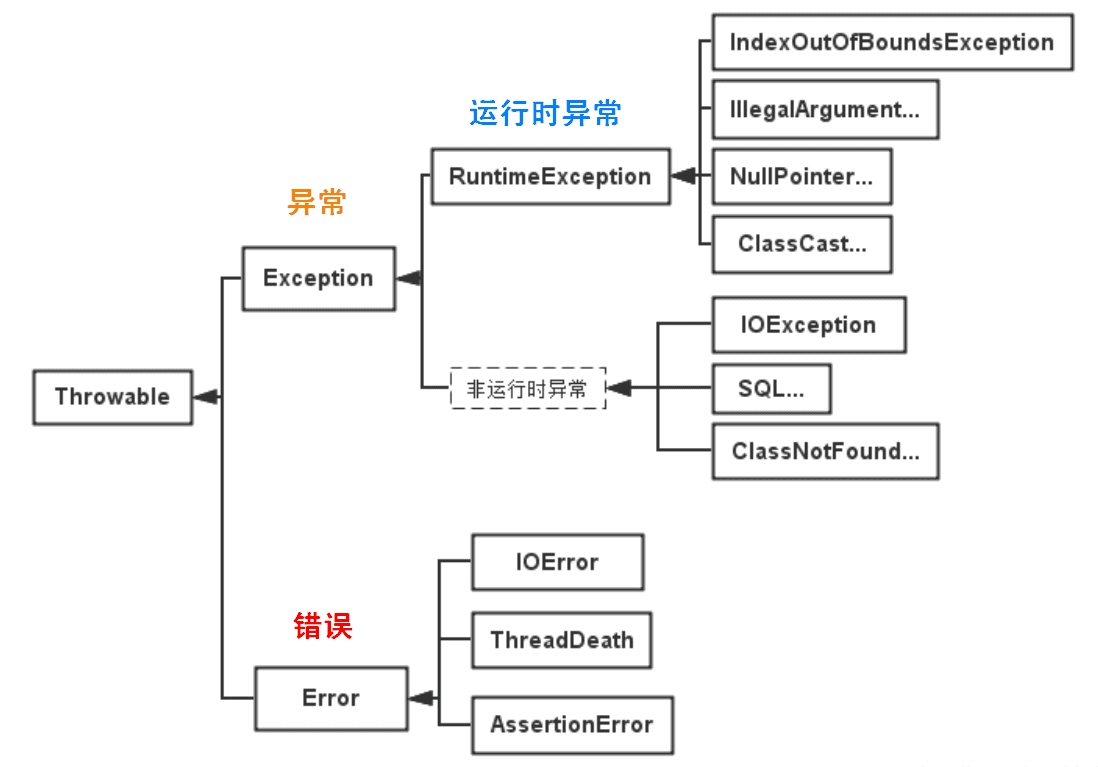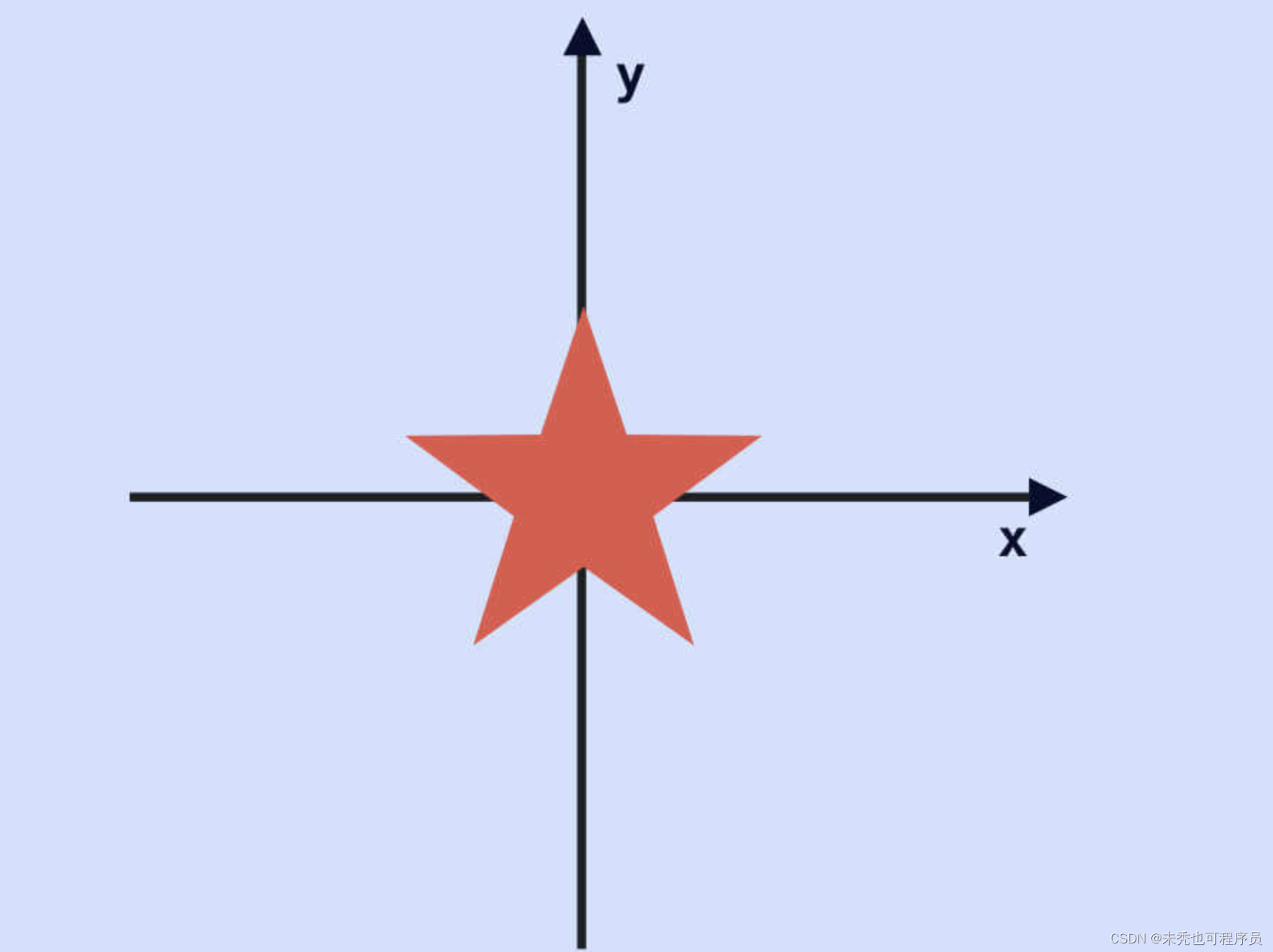1. 简介
迪杰斯科拉(Dijkstra)算法是一种用于在加权图中找到最短路径的经典算法。它是由荷兰计算机科学家Edsger Wybe Dijkstra在1956年首次提出的,并以他的名字命名。这个算法特别适合于解决单源最短路径问题,即计算图中一个顶点到其他所有顶点的最短路径。
2. 核心原理
Dijkstra算法的核心很简单,就是贪心算法的思想,它每次都选择当前已知的最短路径,并以此作为基础来更新其他顶点的最短路径估计。
注: Dijkstra算法只能用于图中所有权重为非负数,因为过程中会对路径上的权重进行累加比较。
3. 算法步骤
- 将源顶点的距离设为0,其他所有顶点的距离设为无穷大。
- 将源顶点加入已访问集合。
- 遍历未访问顶点,找出距离最短的顶点,将其加入已访问集合。
- 更新邻接顶点的距离,如果新计算的距离小于当前距离,则更新距离。
- 重复步骤3和4,直到所有顶点都被访问过。
4. 图解
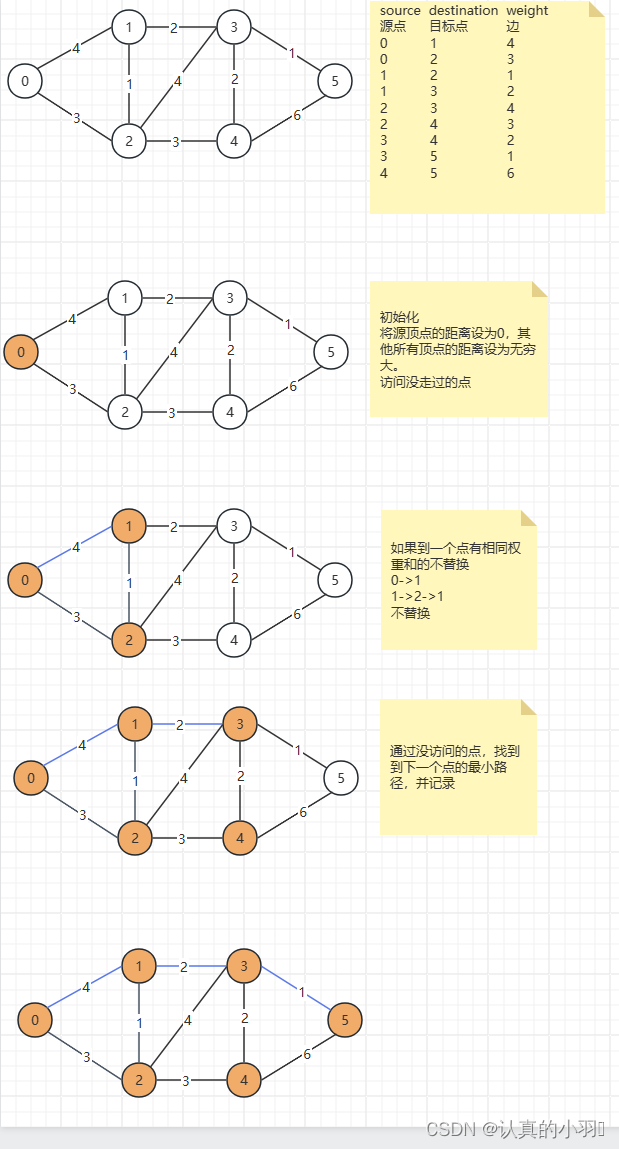
5. 代码实现
class Graph {
private int vertices;
private LinkedList<Edge>[] adjacencyList;
public Graph(int vertices) {
this.vertices = vertices;
adjacencyList = new LinkedList[vertices];
for (int i = 0; i < vertices; i++) {
adjacencyList[i] = new LinkedList<>();
}
}
// 添加一个边
public void addEdge(int source, int destination, int weight) {
Edge edge = new Edge(source, destination, weight);
adjacencyList[source].addFirst(edge);
}
public void dijkstra(int startVertex) {
boolean[] visited = new boolean[vertices]; // 记录顶点是否被访问过
int[] distance = new int[vertices]; // 记录起始顶点到其他顶点的最短距离
// 初始化距离数组
Arrays.fill(distance, Integer.MAX_VALUE);
distance[startVertex] = 0;
// 使用优先队列来维护待访问顶点
PriorityQueue<Edge> pq = new PriorityQueue<>(Comparator.comparingInt(edge -> edge.weight));
pq.offer(new Edge(-1, startVertex, 0));
// 核心
while (!pq.isEmpty()) {
Edge edge = pq.poll();
int currentVertex = edge.destination;
// 如果当前顶点已经被访问过,则跳过
if (!visited[currentVertex]) {
visited[currentVertex] = true;
// 更新相邻顶点的最短距离
LinkedList<Edge> neighbors = adjacencyList[currentVertex];
for (Edge neighbor : neighbors) {
// 相邻顶点未被访问过
if (!visited[neighbor.destination]) {
int newDistance = distance[currentVertex] + neighbor.weight;
// 如果新的距离小于当前距离,则更新距离
if (newDistance < distance[neighbor.destination]) {
distance[neighbor.destination] = newDistance;
pq.offer(new Edge(currentVertex, neighbor.destination, newDistance));
}
}
}
}
}
printShortestPath(distance, startVertex);
}
// 打印结果
private void printShortestPath(int[] distance, int startVertex) {
System.out.println("Shortest path from vertex " + startVertex + " to all other vertices:");
for (int i = 0; i < vertices; i++) {
System.out.println("To vertex " + i + ": " + distance[i]);
}
}
// 边
static class Edge {
int source; // 源点
int destination; // 目标点
int weight; // 权重
public Edge(int source, int destination, int weight) {
this.source = source;
this.destination = destination;
this.weight = weight;
}
}
}
public class DijkstraAlgorithm {
public static void main(String[] args) {
Graph graph = new Graph(6);
graph.addEdge(0, 1, 4);
graph.addEdge(0, 2, 3);
graph.addEdge(1, 2, 1);
graph.addEdge(1, 3, 2);
graph.addEdge(2, 3, 4);
graph.addEdge(2, 4, 3);
graph.addEdge(3, 4, 2);
graph.addEdge(3, 5, 1);
graph.addEdge(4, 5, 6);
graph.dijkstra(0); // Starting vertex is 0
}
}
6. 应用场景
- 路由算法:在路由器中,Dijkstra算法帮助确定经过哪些中间节点可以最快地传输数据包。尽管现代互联网路由器采用的协议更为复杂,但这些协议的核心仍然是基于Dijkstra算法的。
- 交通规划:在城市交通网络中,通过Dijkstra算法计算最短路径,可以设计更有效的交通网络,减少拥堵并提高效率。尽管实际的规划功能可能会使用更复杂的算法来考虑交通状况、路况等因素,Dijkstra算法的基本思想仍然被广泛应用。
- 社交网络:在社交网络分析中,Dijkstra算法可以帮助识别人与人之间的最短联系链。例如,在一个社交网络中,想要找到连接两个特定用户的最短关系链时,Dijkstra算法能够派上用场。这在实现某些社交功能,如“你可能认识的人”推荐时非常有用。
- 通信网络设计:设计电话网络或有线电视网络时,Dijkstra算法可以帮助确定最佳的电缆或光纤布线路径,以最小化成本同时保证服务质量。这是通过计算中心节点(如交换机或分配器)到所有其他节点的最短路径来实现的。
7. 优缺点
优点:
- 简单易懂,实现简单。
- 适用于有向图和无向图。
- 时间复杂度较低,在稀疏图中表现较好。
缺点:
- 不能处理负权边。
- 空间复杂度较高,毕竟需要存储所有顶点的最短距离。
- 不适用于大规模图,效率较低。
8. 总结
总而言之,Dijkstra算法是一种用于解决单源最短路径问题的算法,适用于带权有向图或无向图。算法的主要思想是贪心策略,即每次都寻找距离源点最近的一个顶点,然后更新其相邻顶点的距离。
